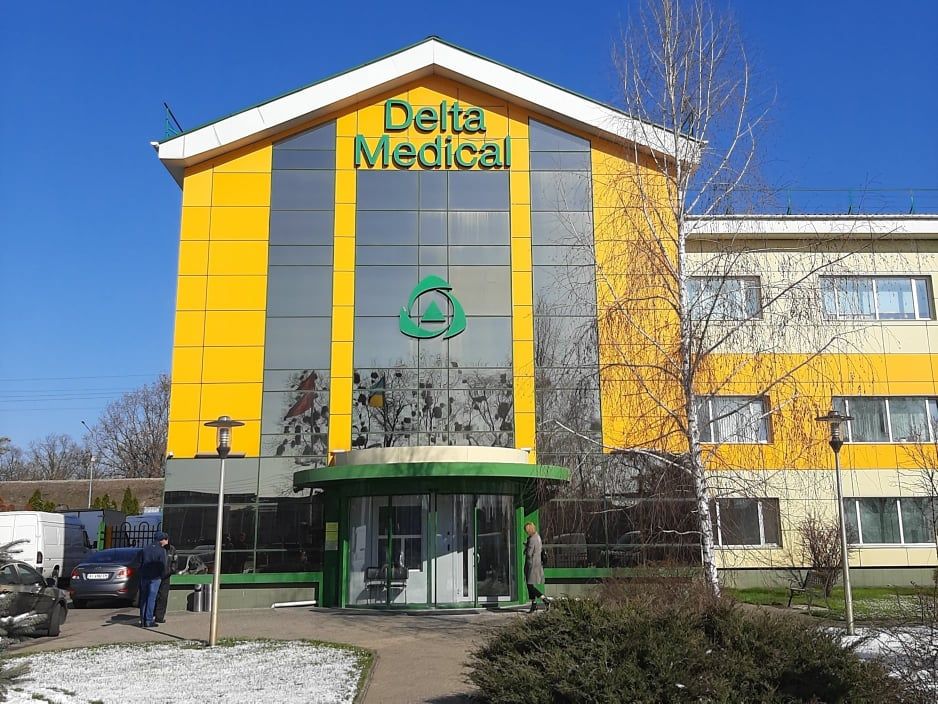
In the period from October 17 to November 6, 245 cases of hepatitis A were laboratory confirmed in Vinnytsia region. 182 people were hospitalized: 128 (among them 24 children) were treated and discharged, another 54 patients remain in medical institutions.
In response to the outbreak of viral hepatitis A in Vinnytsia oblast, anti-epidemic measures were strengthened, in particular, the sale of homemade goods at markets and fairs was temporarily restricted. Also, specialists of the CDCPH conducted additional inspections at enterprises, whose work is related to the service of residents, food and other epidemically dangerous areas. In addition, the disinfection of water supply networks was intensified.
“During the investigation of the outbreak, epidemiologists are working in parallel all possible assumptions about possible sources of infection. The Center for Disease Control and Prevention of the Ministry of Health of Ukraine in the region has examined almost 80% of workers of epidemically dangerous types of production. This work should be completed this week. According to preliminary results, no common source of infection has been found. As now the contact and domestic way of transmission prevails, vaccination of persons from the circle of close contacts, medical workers has been introduced, it allows to stop the spread and localize the transmission of infection. The number of both hospitalized and new cases in Vinnytsia region is decreasing, which indicates the effectiveness of anti-epidemic measures and control over the outbreak”, – said Deputy Minister, Chief State Sanitary Doctor of Ukraine Igor Kuzin.
At the oblast level, more than two thousand doses of vaccine were delivered in response to the hepatitis A outbreak. It is provided for medics, contact persons, children and creation of a reserve. In Vinnitsa region 597 people have already been vaccinated against viral hepatitis A, including 549 medical personnel and 48 contact persons (relatives and friends of patients with confirmed diagnosis).
In Vinnitsa region from October 17 to November 5, 337 water samples were taken for laboratory testing, 780 workers of epidemically dangerous areas (markets, enterprises producing mass consumption products) were examined.
What’s a flash?
An outbreak of an infectious disease is several cases of an infectious disease linked by a common source and/or transmission factor.
In Vinnitsa, more than 10 people from one district of the city fell ill in the first few days, so specialists from the regional Center for Disease Control and Prevention, together with specialists from the Center for Public Health and medical professionals, began an epidemiological investigation of the sources of the outbreak, and the epidemiological situation was defined as an outbreak of viral hepatitis A.
Can there be an epidemic of hepatitis A in Ukraine?
Cases of hepatitis A are recorded in Ukraine every year in different regions. Hepatitis A is seasonal and usually occurs during the cold season. For example, 281 cases were recorded in 2022.
In most cases, the cases do not have a common epidemiologic link, that is, one common source of infection, as it is now.
As of November 6, hepatitis A cases have been reported in the following areas:
– Ternopilska (1 case),
– Zakarpattya (11 cases),
– Dnepropetrovsk (3 cases).
Also during October, 12 cases of hepatitis A were reported in Ivano-Frankivsk oblast. Epidemiological investigations and final disinfection were carried out in the foci.
Each case is separately investigated by specialists of the Centers for Disease Control and Prevention – they study both the source of infection and analyze the contact circle of persons who could be “carriers” of the virus or potentially be infected. Thus, they establish the circumstances of the disease and localize further spread of the virus.
In the country as a whole, the results of epidemiologic investigations of viral hepatitis A cases have not established an epidemiologic link between cases in different areas.
How hepatitis A is transmitted?
Hepatitis A is not airborne, such as COVID-19. Hepatitis A is a disease that people call “Botkin’s disease” or “dirty hands disease.” It is a liver disease caused by the hepatitis A virus that is transmitted by the fecal-oral route, most often through dirty hands, infected water, and food.
Hepatitis A virus is transmitted by eating contaminated food or water due to poor personal hygiene, and in families when an infected person prepares food for all family members.
What are the symptoms of hepatitis A?
The most common symptoms of HAV are weakness, fever, diarrhea, vomiting, and jaundice. If you notice these symptoms in yourself or a loved one, contact your family doctor immediately.
The incubation period of viral hepatitis A usually lasts 14-28 days. Some of the most common symptoms include weakness, fever, diarrhea, vomiting, and jaundice.
People who survive hepatitis A develop lifelong immunity.
What is the prevention of hepatitis A?
The most effective ways to prevent the disease remain vaccination and hygiene. To avoid spreading the virus, both sick and healthy people should wash their hands thoroughly, especially after using the toilet and before eating. Do not buy products in spontaneous markets. If it is food without individual packaging, vegetables or fruits, be sure to wash them and preferably “scald” with boiling water before consumption. Any non-bottled water should be boiled before drinking. Do not eat dairy products bought at markets without prior heat treatment. Buy fast food only in designated places before eating “street” food – wash your hands and treat them with disinfectant.
To prevent infection with viral hepatitis A, there is a safe and effective vaccine. It is not included in the list of free vaccinations according to Vaccines against hepatitis A, which are registered in Ukraine and sold on the pharmaceutical market. It is especially important to get vaccinated against hepatitis A for adults working in epidemically hazardous areas – catering and food processing facilities, water treatment and sewage treatment plants.



